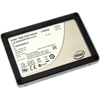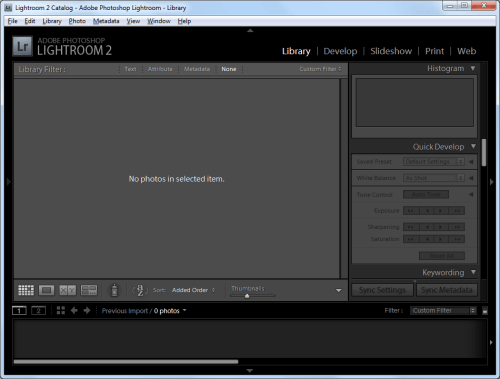- Qualcomm Launches Snapdragon 4 Gen 2 Mobile Platform
- AMD Launches Ryzen PRO 7000 Series Mobile & Desktop Platform
- Intel Launches Sleek Single-Slot Arc Pro A60 Workstation Graphics Card
- NVIDIA Announces Latest Ada Lovelace Additions: GeForce RTX 4060 Ti & RTX 4060
- Maxon Redshift With AMD Radeon GPU Rendering Support Now Available
Meet Intel’s Cherryville: 520 Series 240GB SSD Review

SandForce is back in town and it’s here to stay. Intel’s 520 Series is a full replacement for the 510 Series, but utilize the SF-2281 controller and custom Intel firmware to deliver one of the best SSDs we seen to date. If you already want an Intel SSD but don’t know which to get, we can answer that. Oh, and did we mention the 5 year warranty?
Page 6 – Real-World: File Transfers, Adobe Lightroom
Finally, we reach the first of our real-world tests where there are no unusual testing or scoring algorithms to leave us scratching our heads, just simple tests to see how an SSD changes actual system performance.
For the File Transfer test we took a 4.5GB archive and timed how much time was required to transfer the file to another destination on the same drive. Keep in mind that with a hard disk, this requires the actuator arm to seek back and forth between the source and destination sectors of the disk platter, while any SSD can concurrently read and write to separate flash chips at once.

Well, we finally find one test where the 520 didn’t come out on top. Intel chose to optimize its firmware for small random IOPS performance, which means it won’t perform as strongly in sequential writes. Given this is a massive 4.5GB sequential write test, the loss of two seconds for better small file IOPS looks like a good trade-off to us.
Adobe Lightroom 3.4
With Adobe Lightroom, importing image files with “Copy” simply acts like a file transfer, exactly like our previous test. Rather than simply time how long it takes to create a duplicate set of 500 RAW files we elected to choose the “Copy as DNG” import option. This will convert the NEF files (Nikon’s equivalent to RAW) into the Digital Negative standard while importing them to its image library.

This test was not particularly effective as Adobe Lightroom 3.4 only spawns two threads, meaning that even with the power of a Core i7 that has eight threads available, the CPU was still the main bottleneck. When Adobe deems fit to update Lightroom to take advantage of more threads we will see a real need for faster storage here, as such a task as this is perfectly suited for high thread parallelization and SSDs with a high queue depth. We kept this test in our review to illustrate that most programs don’t support the threads required to properly take advantage quad-core processors, let alone fully utilize SSD technology.
Even so, Intel’s 520 SSD managed to take 21 seconds off our best result. I’m not altogether sure how, but the performance was both repeatable and the results consistent. (Remember all tests are done five times.)
Support our efforts! With ad revenue at an all-time low for written websites, we're relying more than ever on reader support to help us continue putting so much effort into this type of content. You can support us by becoming a Patron, or by using our Amazon shopping affiliate links listed through our articles. Thanks for your support!





